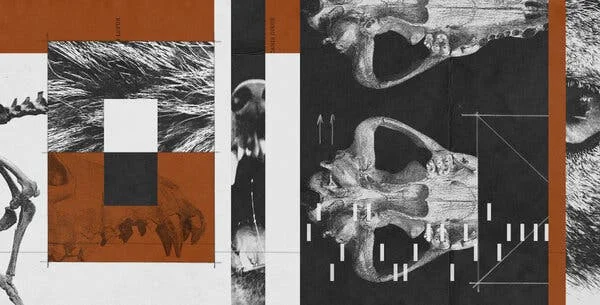
Reviving The Past: The Controversial Quest For De-Extinction
In a groundbreaking yet controversial move, biotechnology company Colossal Biosciences has announced the successful creation of the first pups of the long-extinct dire wolf, sending ripples through the scientific community and beyond. This ambitious endeavor raises not only hopes of reversing extinction but also critical questions about the implications of de-extinction.

The announcement featured a promotional video, narrated with a nostalgic flair reminiscent of 1950s educational films, showcasing two adorable dire wolf puppies, Romulus and Remus, alongside a female named Khaleesi. These "new" dire wolves were dubbed the first of their kind since the Pleistocene, captivating audiences enchanted by the prospect of seeing a creature lost to time. Yet, the euphoria around this news is juxtaposed with skepticism from the scientific community.
De-extinction, the concept of bringing extinct species back to life, constitutes more than a whimsical dream; it reflects a deep-seated desire to mend the ecological damage wrought by human activity. The notion aims to provide an "undo button" for species extermination, yet the execution of such a complex endeavor is fraught with ethical and ecological dilemmas. Scientists like Rich Grenyer argue that labeling these genetically modified wolves as dire wolves is misleading. He draws a parallel with resurrecting Napoleon by dressing a short man in his hat, emphasizing the need for authenticity in species restoration.

Meanwhile, the ecological ramifications are as pressing as the scientific concerns. Experts note that even if Colossal’s efforts succeed in replicating the dire wolf’s DNA, their re-emergence does not equate to restoring the ecosystems that once supported these creatures. The original dire wolves thrived alongside other megafauna, now largely absent from their historical habitats. The International Union for Conservation of Nature (IUCN) warns against the idea that de-extinction could serve as a viable substitute for effective conservation efforts.
Amid ongoing extinction crises, with many species facing imminent threats from habitat loss and climate change, the excitement surrounding Colossal’s announcement risks undermining serious conservation initiatives. The notion that depleted populations could simply be resurrected could inadvertently relieve pressure to protect existing wildlife. As Doug Burgum from the Trump administration has voiced, if the message becomes that extinction is reversible, there may be less urgency to preserve endangered species.
Ultimately, while the technological advances represented by de-extinction are astonishing, they pose significant practical, ethical, and ecological dilemmas. Are we simply fantasizing about a past that can never return? Or can learning from past mistakes guide a more conscientious future for our planet's biodiversity? Let us know your thoughts in the comments below.
As the conversation surrounding this remarkable yet contentious topic unfolds, perhaps the most critical question remains: what does it truly mean to be a steward of nature in the age of biotechnology?